Feline Kidney Disease is one of the most common—and most serious—health conditions we see in older cats. Often developing slowly over time, Chronic Kidney Disease (CKD) can quietly compromise your cat’s ability to filter toxins, stay hydrated, and maintain their overall well-being. And because cats are masters at hiding discomfort, this condition often goes unnoticed until it’s progressed.
At Lewiston Veterinary Clinic, our goal is to help you spot the early warning signs, understand your cat’s diagnosis, and provide compassionate, effective long-term care. While CKD is irreversible, early detection and proactive treatment can dramatically improve both longevity and quality of life.
Need guidance for your cat’s care? Schedule an appointment.
Why the Kidneys Matter in Cats
Your cat’s kidneys play a vital role in:
- Filtering waste and toxins from the blood
- Balancing hydration and electrolytes
- Producing hormones that regulate blood pressure and red blood cell production
When kidney function begins to decline—whether suddenly or gradually—these systems are disrupted, leading to a range of health challenges.
Two Main Types of Kidney Disease in Cats
Chronic Kidney Disease (CKD)
This is the more common type, especially in cats over 7 years old. CKD is progressive and irreversible, often developing over months or years. While there’s no cure, early intervention can help manage symptoms and slow progression. For more on CKD, see Chronic Kidney Disease in Cats – Cornell Vet.
Acute Kidney Injury (AKI)
This type appears suddenly and is often caused by toxins (like antifreeze or lilies), severe infections, or dehydration. Unlike CKD, AKI can sometimes be reversed with rapid and aggressive treatment.
Spotting Early Signs: What Cat Owners Should Watch For
Because cats are subtle communicators, early signs of kidney disease are often easy to miss. Paying attention to small changes can make a big difference. To better understand CKD staging and treatment, explore the IRIS CKD Guidelines.
Early Symptoms
- Increased thirst and urination
- Reduced appetite
- Weight loss
- Lethargy or less interest in play
- Vomiting or sour-smelling breath
- Dry, unkempt coat
Later-Stage Symptoms
As the disease progresses, you may notice:
- Significant weight loss and muscle wasting
- Pale gums or weakness due to anemia
- High blood pressure (which may cause sudden blindness)
- Mouth ulcers and drooling
More on Anemia in Cats – Cornell Vet
How CKD is Diagnosed
If kidney disease is suspected, your veterinarian will likely recommend:
- Bloodwork: To assess levels of creatinine, BUN, and SDMA, which indicate kidney function
- Urinalysis: To evaluate urine concentration and detect protein loss
- Blood Pressure Measurement: Since hypertension is common in cats with CKD
Imaging (ultrasound or X-rays): To assess kidney size, shape, and detect structural issues
Managing Feline CKD: What Treatment Looks Like
While CKD can’t be cured, supportive care can slow its progression and improve comfort.
Hydration is Key
Cats with CKD are prone to dehydration, so maintaining fluid balance is critical.
- Offer fresh water daily, and try a cat fountain to encourage drinking
- Feed high-moisture wet food instead of dry kibble
- Learn to give subcutaneous fluids (SQ fluids) at home
How to Give SQ Fluids – International Cat Care
Prescription Kidney Diets
These diets are specially formulated to:
- Reduce phosphorus and protein waste
- Maintain hydration and caloric intake
- Slow kidney damage
Recommended diets include:
- Hill’s k/d
- Royal Canin Renal Support
- Purina Pro Plan NF
Medications for CKD Management
- Phosphate binders: Reduce toxic phosphorus buildup
- Amlodipine: Controls high blood pressure
- Erythropoietin injections: Stimulate red blood cell production
- Cerenia or mirtazapine: Manage nausea and stimulate appetite
Living with CKD – Michigan State University
Long-Term Monitoring and Home Care
CKD is a lifelong condition. Regular veterinary check-ups and home monitoring help ensure your cat’s treatment remains effective.
- Bloodwork every 3–6 months to assess progression
- Blood pressure checks at each visit
- Adjust medications and diet as needed
- Monitor litter box habits, appetite, and energy levels at home
Supportive tips for senior cats:
- Provide soft, warm bedding to ease aching joints
- Minimize stress by keeping routines consistent
- Offer easy access to food, water, and litter boxes
Senior Pet Care Recommendations – AAHA
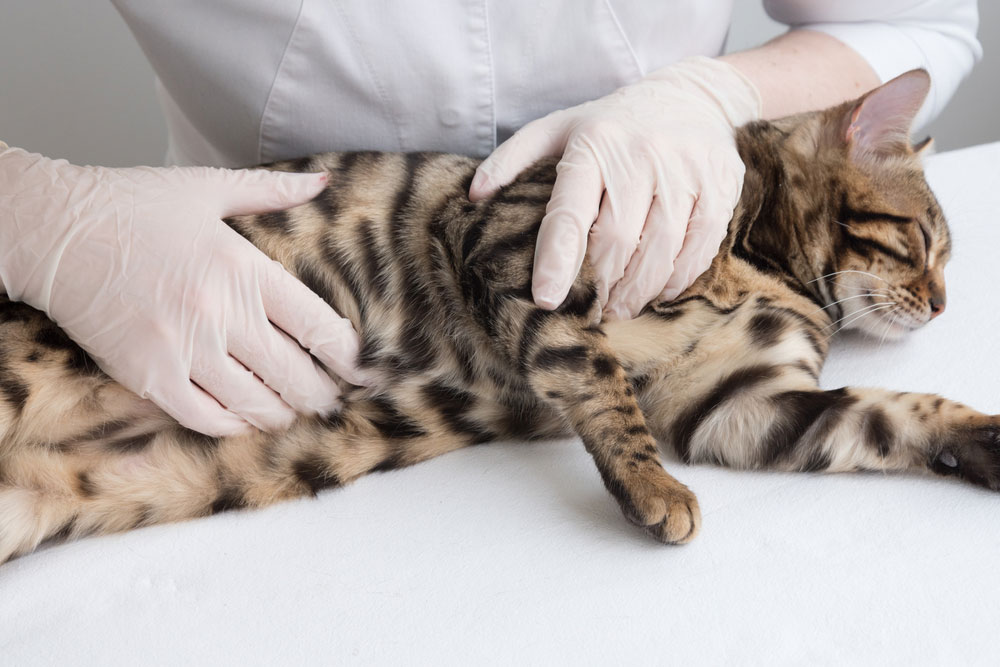
Can Kidney Disease Be Prevented?
While CKD isn’t always preventable, you can reduce your cat’s risk through proactive care:
- Keep your cat hydrated (wet food + clean water daily)
- Avoid toxins like lilies, ibuprofen, and antifreeze
- Schedule regular wellness visits—even if your cat seems healthy
Monitor subtle signs of change in appetite, weight, and hydration
Related Health Conditions to Watch For
Hyperthyroidism and Kidney Disease
Hyperthyroidism, common in older cats, can mask CKD in early stages or complicate existing kidney disease. Managing both conditions requires careful monitoring.
Read the Feline Hyperthyroidism Guidelines – AAHA
Polycystic Kidney Disease (PKD)
This inherited condition causes fluid-filled cysts to develop in the kidneys—especially in Persian and British Shorthair cats. Early ultrasound screening can catch it before symptoms appear.
The Bottom Line: Early Detection Saves Lives
Feline kidney disease may sound overwhelming—but with early detection, supportive care, and a committed veterinary team, your cat can continue to live a happy, comfortable life for years.
Whether your cat is newly diagnosed or you’re seeing the early signs, you’re not alone—we’re here to help guide you through every stage.
Need trusted care and a customized treatment plan for your cat?
Contact Lewiston Veterinary Clinic today

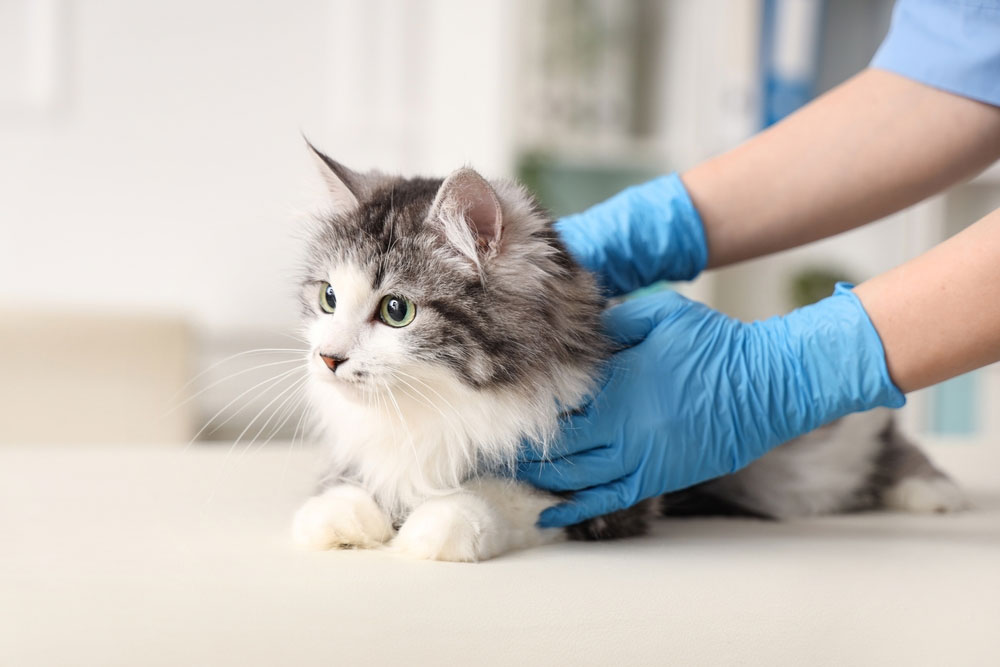

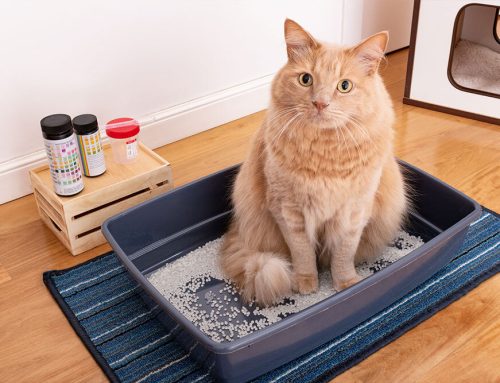
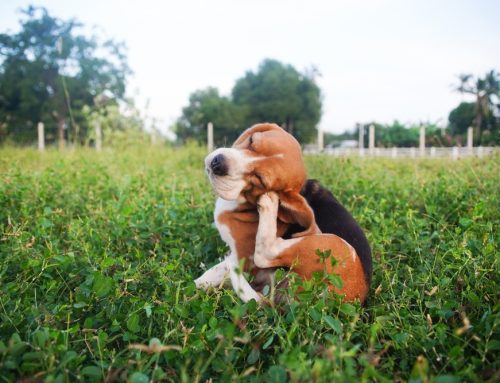
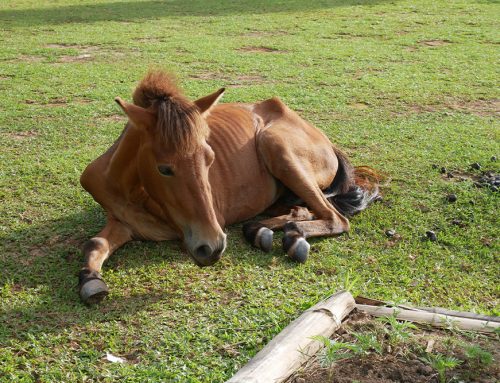
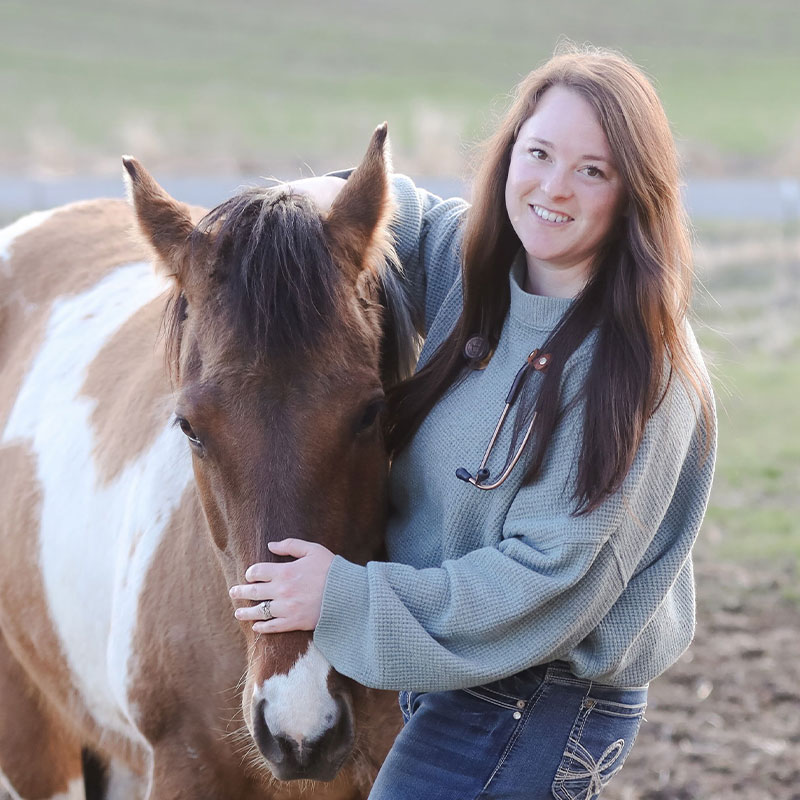

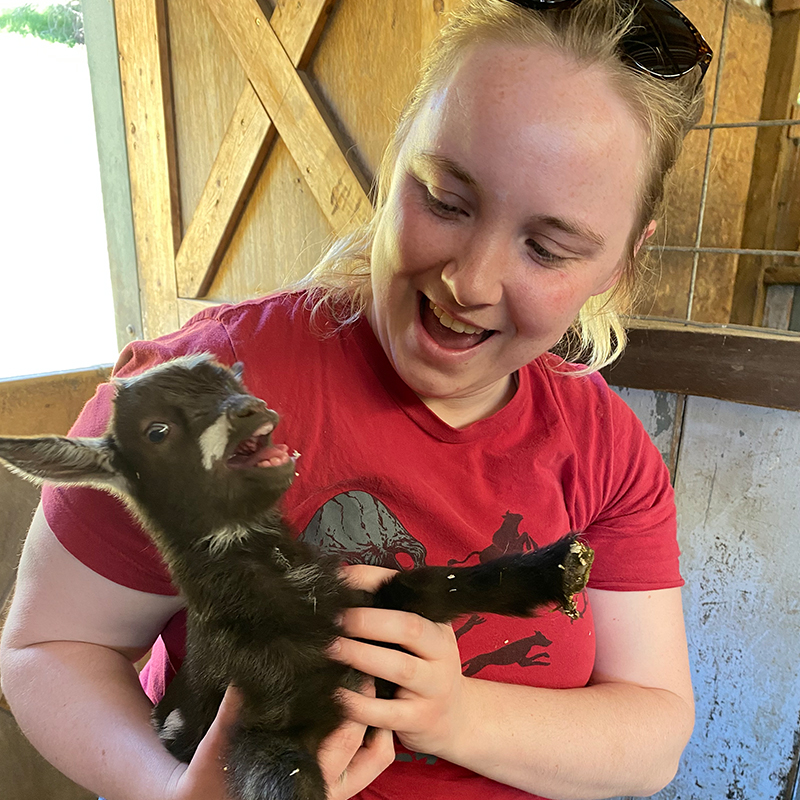


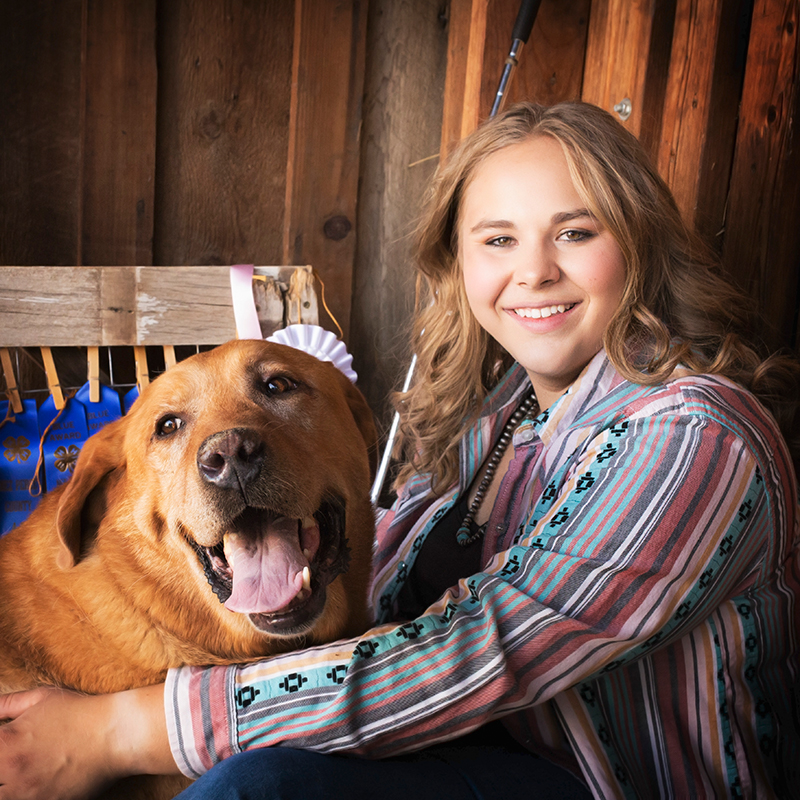
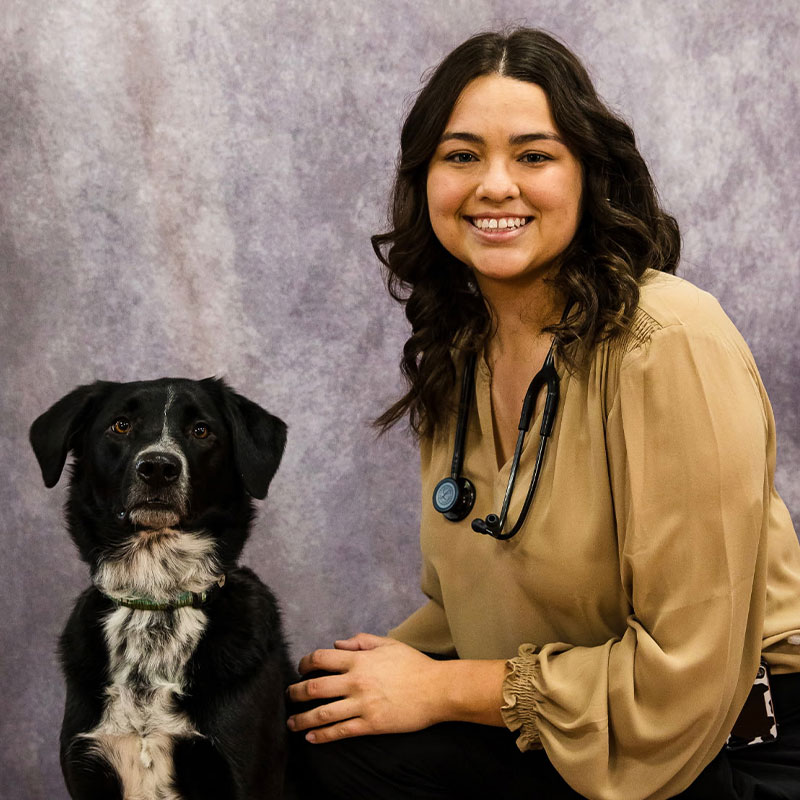

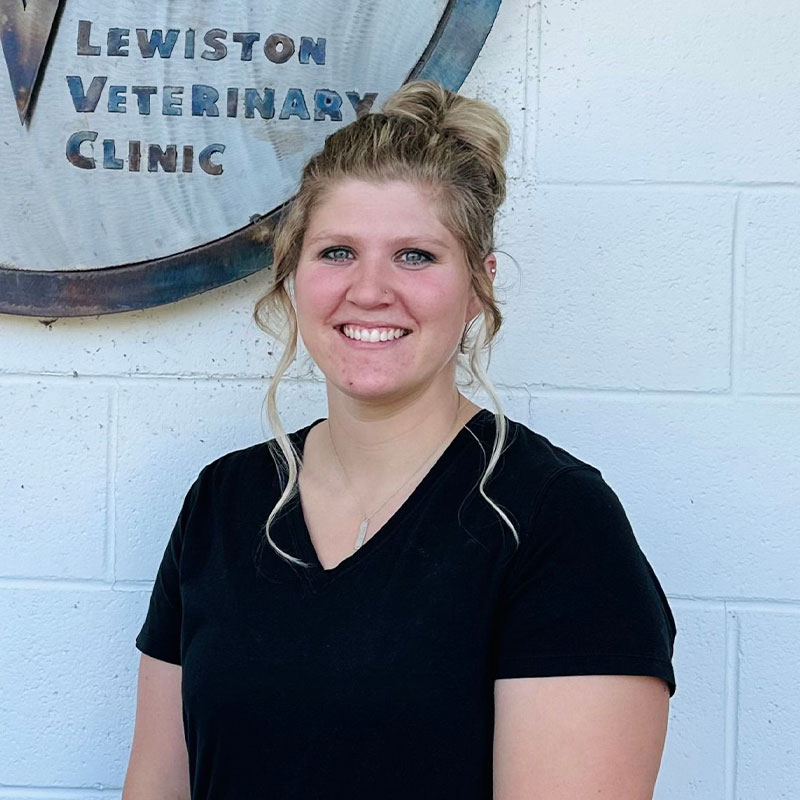





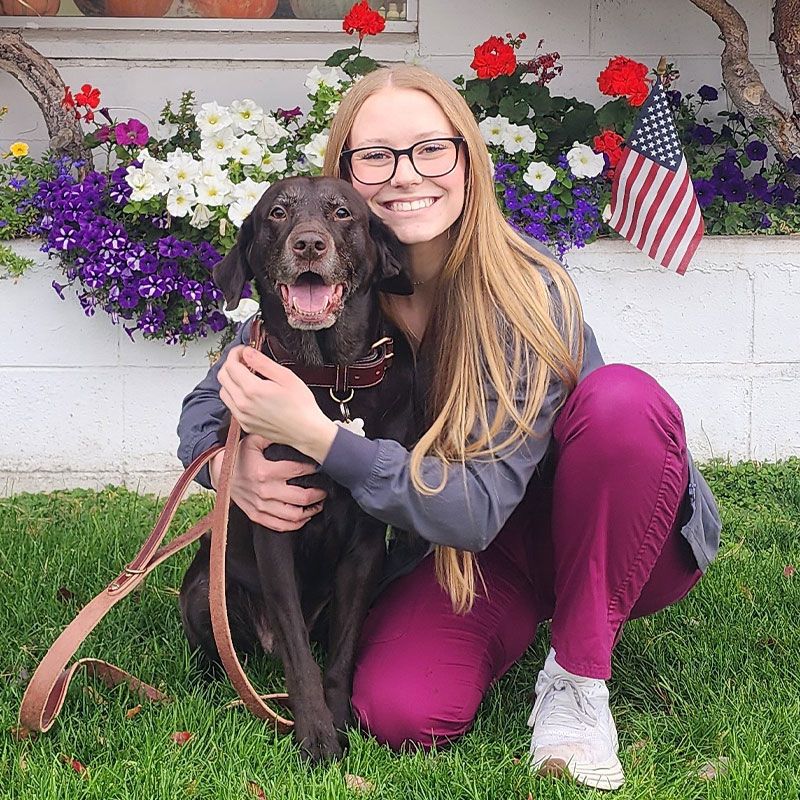
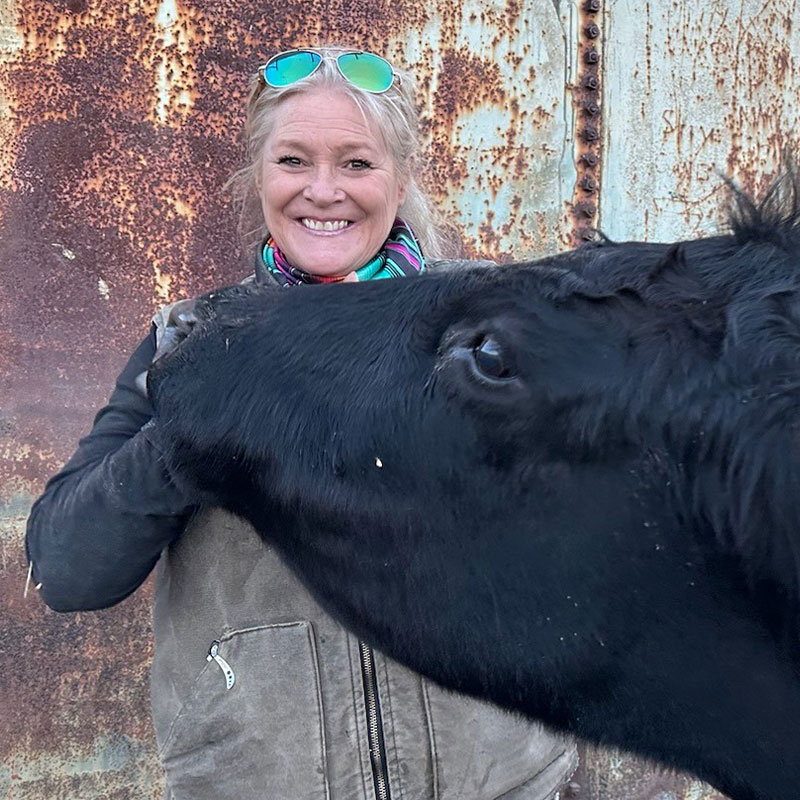






Leave A Comment